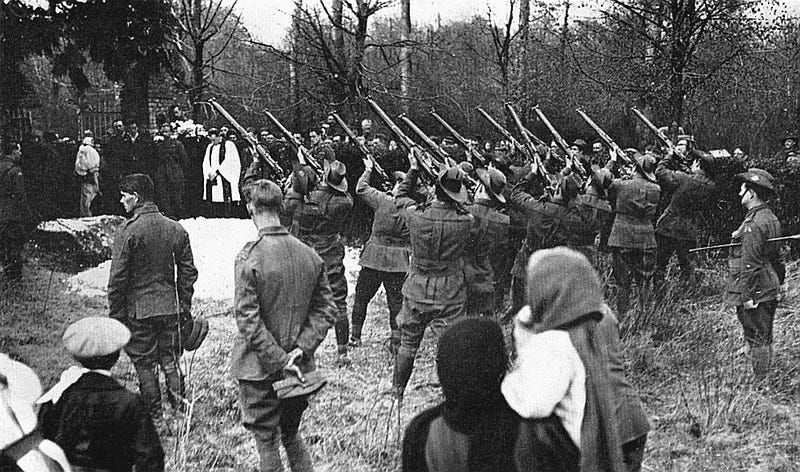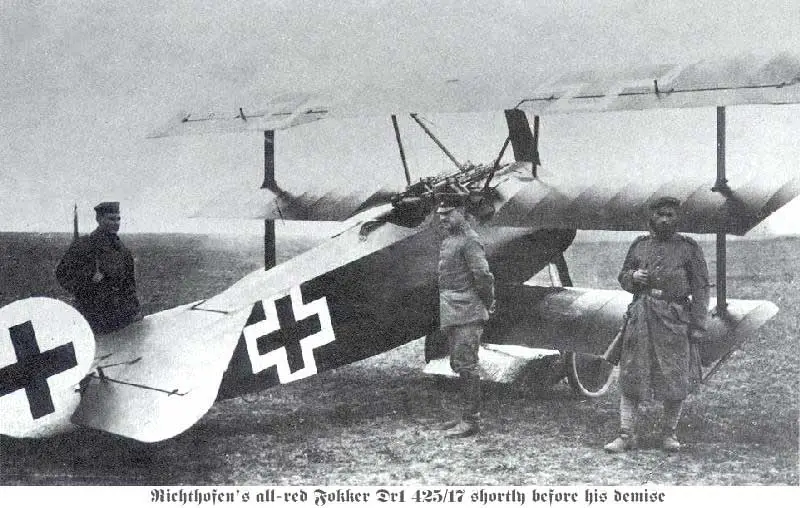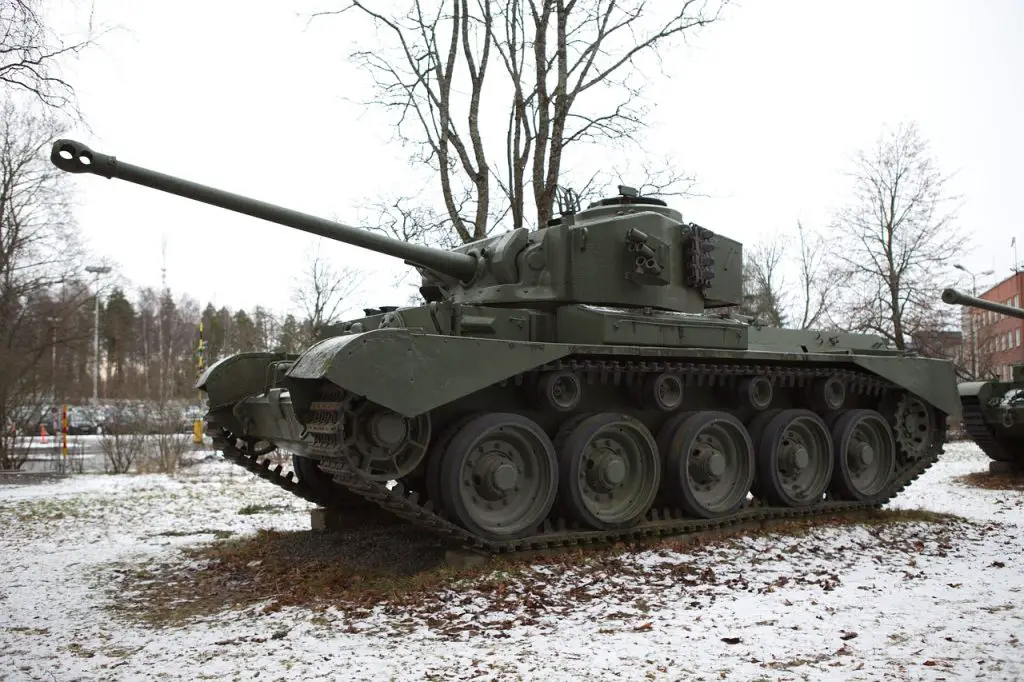 orld War One was the first instance where air superiority was a major asset for a side to have. As communication evolved intelligence from planes was crucial when bombarding and planning an attack on the enemy. This also gave way to the first instance of air-to-air combat.
orld War One was the first instance where air superiority was a major asset for a side to have. As communication evolved intelligence from planes was crucial when bombarding and planning an attack on the enemy. This also gave way to the first instance of air-to-air combat.
Air-to-air combat at the time was very rudimentary; sometimes pilots would have to use their pistols to shoot at other pilots and their planes. As this developed further into the war some stars rose through the ranks and showed that even with this primitive setup a lot could be achieved. The greatest example of this in World War One was “The Red Baron”.
Terror in the Sky
“The Red Baron” was the nickname given to German fighter pilot Manfred von Richthofen part of the Jagdgeschwader 1 squadron also known as “The Flying Circus” due to their constant movement and brightly coloured planes, of which the crown jewel was Richthofen’s plane. Richthofen always flew a bright red plane, of which the most famous was his Fokker Dr.I triplane.
By the end of 1917, the sight of the brightly coloured plane was well known to any Allied fighter pilots. In his time in the German Air Force Richthofen officially scored 80 victories over his allied counterparts, making him the most successful fighter pilot in World War One trailed by French flying ace René Fonck part of the French Aéronautique Militaire who officially scored 75 victories over the Central Powers’ fighter pilots.
Because of his success, he gained prestige in both Germany where he was seen as a national hero but also on the other side of the front where he was greatly respected because of his expertise. The respect was greatly deserved as at the time when he scored his victories (1917–18) the Germans lacked both air superiority and good fighter aircraft as well as being beaten back on the ground. This made his skills shine even more as he managed to achieve this feat while he was at a great disadvantage unlike his allied counterpart Fonck.
Honorable Funeral
This respect extended to his eventual demise where on the 21st April 1918 at 11:00 am he crash-landed his Fokker behind enemy lines after being fatally wounded by an Anti-Air gun. After being identified as THE Red Baron, his plane was cannibalized by souvenir hunters and his death was claimed by multiple fighter pilots.
Major Blake would then take responsibility for Richthofen’s body. He would then plan and execute a full military burial with the №3 Squadron Australian Flying Corps (the squadron which was credited for the kill) taking care of all proceedings which included them saluting his casket and shooting a salute volley in his honor.

German high command was afraid of announcing his death due to a fear of it greatly impacting the troops’ morale, so it was delayed as the date coincided with the last big German offensive on the western front known as Kaiserschlacht.
Overall we can see that due to his dedication to his country and his relenting mental power to push through unfavorable situations, Richthofen managed to impact more than just the skies. The morale of German troops was greatly improved every time they heard of The Red Baron overcoming another enemy. He also destroyed the morale of Allied fighter pilots as they could see the distinctive bright red plane from afar, which for many meant their demise. This greatly impacted the psyche of the Allied air forces.
We can conclude that even if you think that your actions have a small impact when stacked together, they may have a great impact on not only yourself but others around you and at large maybe even impacting thousands.

Student of Philosophy, Politics and Economics. History fanatic. Contact: aneculaeseicg@gmail.com





